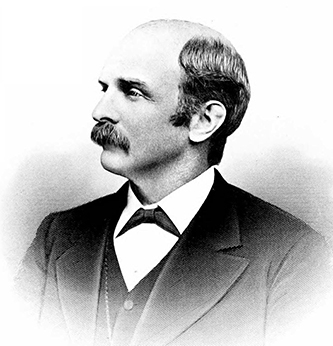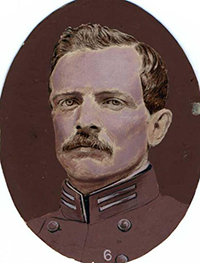21 July 1840–29 June 1916

Robert Bruce Peebles, legislator and judge, the son of Ethelred J. and Lucretia Tyner Peebles, was born at Moorfield, his father's plantation in Northampton County. After attending Horner School in Oxford, he entered The University of North Carolina in 1859. At Chapel Hill Peebles earned high honors but left to join the Confederate army before receiving a degree. Entering the army as a private in Company E, Fiftieth North Carolina Regiment, he soon was promoted to company lieutenant; afterwards he became adjutant of the Thirty-fifth Regiment. During the war he saw action at Petersburg, Drury's Lane, and Bermuda Hundred in Virginia and at Plymouth, N.C. At Five Forks he was made assistant adjutant general of General Matt Ransom's brigade.

At the end of the war Peebles returned to Chapel Hill to complete his studies and to read law under Judge William H. Battle. Settling in his native county, he established a practice in Jackson and became county attorney. He was elected as a Democrat to the General Assembly of 1866–67 and again in 1883, but this election was contested and after serving for a brief time he was obliged to step down. He was returned to the legislature for the sessions of 1891 and 1895, however. From 1874 to 1903 he served as a trustee of The University of North Carolina, and in 1902 he was elected a judge of the superior court, a position he held until his death.
In 1875 Peebles married Margaret Cameron, daughter of Paul C. Cameron, a prominent planter and businessman of Orange County. They were the parents of a daughter, Annie Ruffin Peebles. A lifelong member of the Episcopal Church of the Saviour, Jackson, he died in Hillsborough and was buried in the churchyard at St. Matthew's Church.